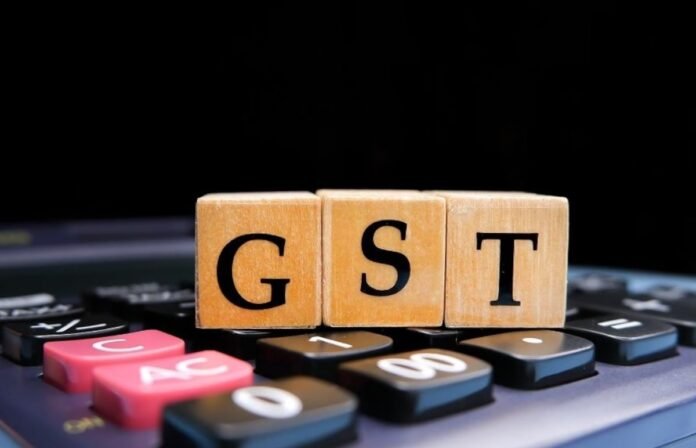Scammers forge GST bills to deceive people
Are you aware that scams posing as GST invoices can fool you? Yes, what I said was correct. These days, con artists fabricate GST bills to trick individuals. Without the real payment of GST or the delivery of goods or services, a fictitious GST bill is issued.
Fraudsters create fraudulent GST invoices for a variety of reasons, such as tax evasion, money laundering, making fictitious purchases, turning income tax credits into cash, and more. In order to prevent fraudulent GST bills, individuals need to know how to spot and report them. Verifying that the invoice is real is one of the best ways to spot bogus GST bills.
The number of false GST invoice cases in India has dramatically increased since the country’s GST system was implemented in 2017. Scammers can readily use the information on the GST bill, which contains all the necessary details about the buyer and seller, including product specifications, product rates, dates of purchase, quantity of products sold, seller and buyer names, and more, to deceive people for their own gain.
Let’s examine a few simple methods for spotting fraudulent GST invoices and reporting them to prevent fraud. How to Spot False GST Bills or Invoices
1. Checking the goods supplier’s GSTIN numbers: Verifying the GSTIN (Goods and Services Tax Identification Number) on a GST invoice is one of the greatest ways to determine its legitimacy. The unique 15-digit GSTIN that each registered seller and products supplier possesses is a result of combining their state code, PAN number, and unique registration number. Use the steps listed below to confirm the invoice if you think it may be a GST bill.
Check out gst.gov.in.
Search and select the ‘Search Taxpayer’ tab from the homepage.
Enter the supplier’s GSTIN that is listed on the bill in the search bar.
If the invoice is legitimate, clicking the search button will display all of the supplier’s information on the screen.
2. Double Check the GST Invoice Number: The next step is to double-check the invoice number and date that are displayed on the GST bill. Check to make sure the date is within the specified frame of time and that the invoice number is unique and sequential. Any discrepancy in the invoice number or date can be used to quickly identify a bogus GST bill.
3. Verify the Status of Tax Payment by Supplier: Suppliers are required to pay taxes associated with each invoice. Therefore, you must visit the GST websites and check in the GST return area if you want to confirm if the provider has paid the tax associated with your bill or not. The GST invoice is valid if the tax is paid.
4. Check the Supplier’s Signature: You need to confirm the supplier’s signature if you have any concerns about the legitimacy of a GST invoice. The GST bills must be signed by the sellers and product suppliers. For signature verification, you must so contact the GST authorities if you are unsure.
5. Check the HSN or SAC codes for goods and services: Every good and service has its own unique HSN (Harmonized System of Nomenclature) code or SAC (Services Accounting Code). Every GST invoice must accurately include the HSN and SAC code. You can check these codes on the GST portal in the event that there is any disparity.
How to Report a False Invoice or Bill for GST:
The methods listed below can be used to file a report and file a complaint over a fraudulent GST bill. At first Go to the ‘CBEC Mitra Helpdesk’ area of the official GST portal and submit an online ticket. Then send an email to cbecmitra.heldesk@icegate.gov.in. Next contact the relevant authorities on Twitter by using their official handles, such as @askGST_GoI and @FinMinIndia. Use the hotline numbers listed on the official GST portals to get in contact with the officials.
‘Take a cue from Haryana’ Supreme Court slams Punjab straw burning incident

